Table of Contents
8 Essential Equipment a Stroke Patient Needs.
Whatever the kind of stroke, it is a serious condition. Following a stroke, the ability of distinct areas in the brain to perform their functions is frequently reduced. This indicates that a person is unable to do everyday activities independently. A stroke, on the other hand, is not a death sentence. In most stroke situations, it is feasible to recover lost brain function, either completely or in part. Furthermore, the rehabilitation program may be carried out at home.
It is vital to progress from easy to sophisticated stroke recovery exercises in order to achieve a successful recovery of lost functions. In the beginning, the patient should be taught to sit on the bed, then to get up, and finally, to walk. It is important not to forget that the improvement of motor abilities in the fingers of the hands should not be overlooked.
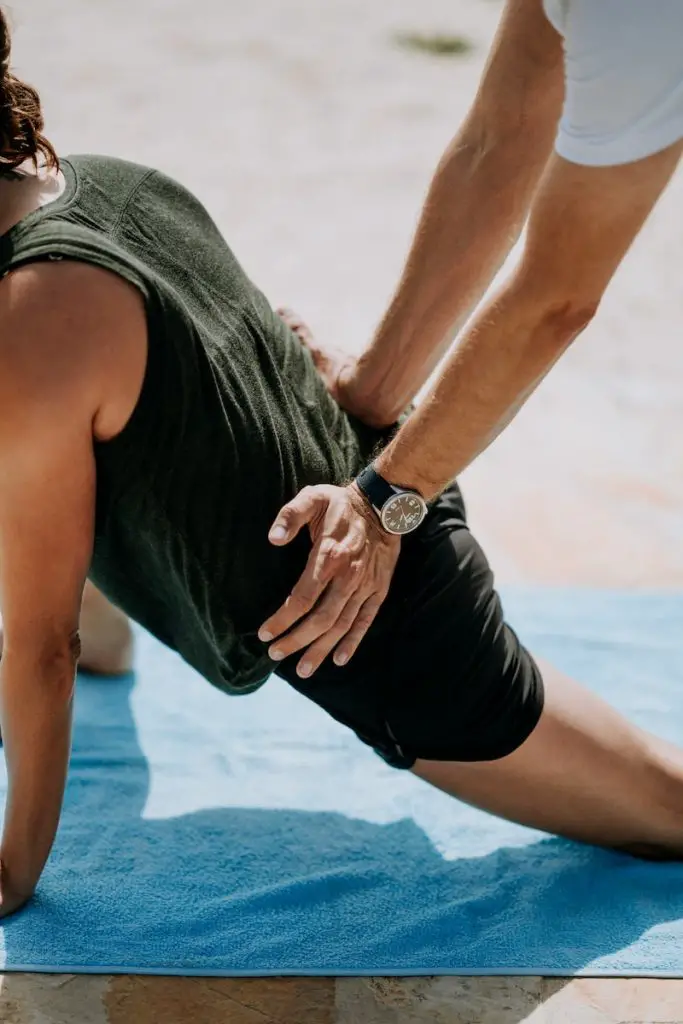
Percussion massage device
Percussion massage devices are popular right now, and there could be a purpose for them in stroke rehabilitation. Check with your loved one’s therapist to see whether a percussive massage device, like the Hypervolt, may improve their recuperation.
While percussive massager devices are meant for tired muscle rehabilitation, the stimulation and feeling may aid with stroke recovery. Sending messages across the body to the brain helps stimulate healing.
Balance boards
A stroke can affect the way your brain handles balance, and you could feel shaky or clumsy. There are various additional reasons for balance issues, and addressing an underlying disease can help improve your balance. You always need to obtain specific counsel from a GP or therapist about any balance concerns you may have. One item that might help with balance concerns is the Balance Board.
By standing on a balancing board, grasp a table for support at first. Rocking balance boards are more stable than single-point balance boards. Progress to the single point when ready. Always use caution. [Source: Stroke Association]
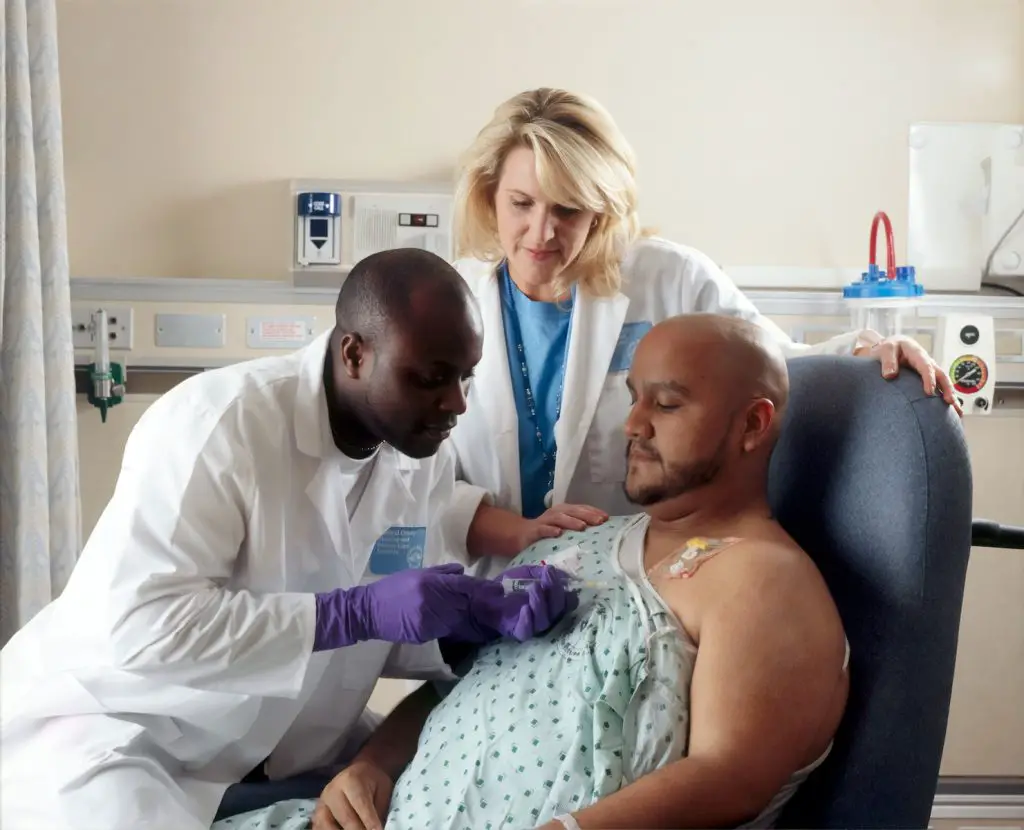
8 Important Equipment
Stability balls
Physical therapy is the most significant means of regaining motor function after a stroke. Non-invasive muscle control therapy not only helps you regain lost muscle control but also improves microcirculation in the tissues and reduces muscular hypertonicity. For physical therapy programs to be completed safely and effectively, it is vital to have someone around who will check the patient’s health and safeguard him or her from accidents and falls.
This is a simpler alternative to balancing boards that has yielded outstanding results in the hands of many who find them too difficult to use. A stability ball, an excellent tool for working on balance, is a piece of straightforward rehabilitation equipment that is far safer than a balancing board in most situations.
It’s commonly a rehabilitation exercise for the core, which is essential for balance and walking safely and effectively.
Tremor-canceling utensils
The essential tremor is the kind of tremor that is most often seen in stroke victims. It is the hands and arms that are most typically affected by essential tremors after a stroke. This is the point at which some stroke patients realize that their hands are trembling following their stroke.
This might result in significant difficulties in using utensils when eating, resulting in humiliation and anguish for the individual. If your loved one suffers from tremors as a result of a stroke, consider giving them the gift of consistent eating times. Liftware manufactures tremor-canceling utensils that assist stroke sufferers to eat without spilling their food since they help to cancel out trembling hands.
(It is originally designed for Parkinson’s sufferers, but it has been shown to be effective in certain stroke victims as well!) Using the Liftware Steady/Liftware Level, you can scoop and pierce most bite-sized items, and you can also use it to puncture most pre-cut foods if you use the fork or spork attachment.
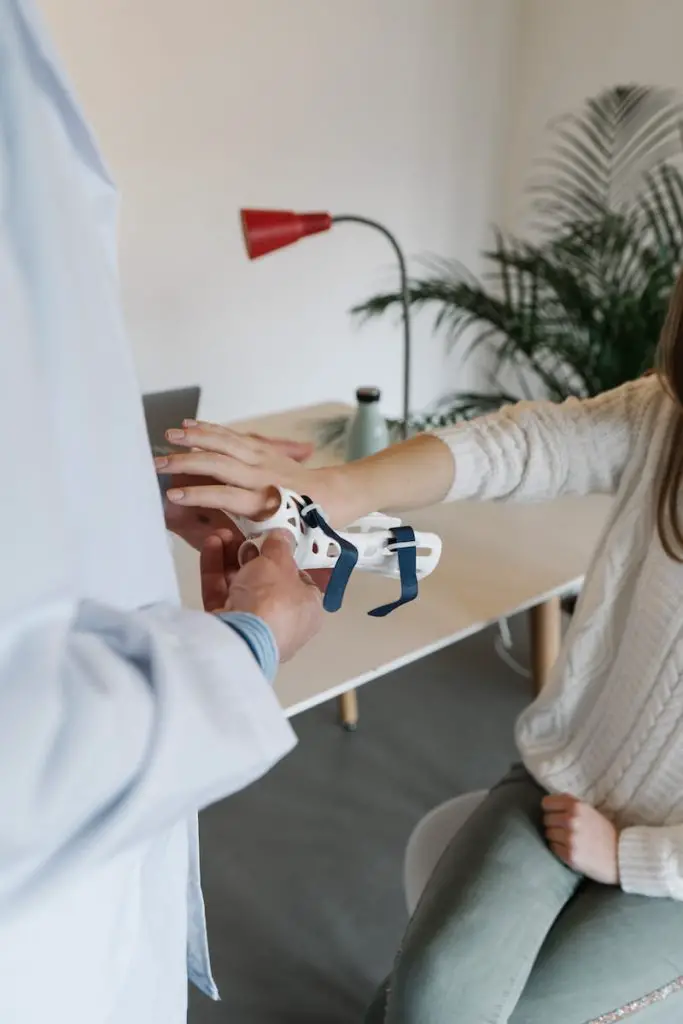
Electrical stimulation machine
Functional electrical stimulation enhances the quality of life, motor ability, and gait in individuals who have suffered a stroke. When used together with other physiotherapy procedures, it is more successful. When compared to other physiotherapy treatments, functional electrical stimulation alone does not produce superior outcomes.
Electrical stimulation for stroke patients can aid in the activation of damaged brain sections by giving strong stimulation to the affected areas. As a result, this stimulation activates neuroplasticity, which is the process through which the brain rewires itself and heals from traumas such as stroke. This therapy is an excellent device for stroke victims, particularly for those who have hemiplegia (paralysis on half of the body) or significant muscular weakness.
To use it, you just connect pads on the skin surface above the muscles targeted and provide moderate electrical signals that cause the muscles to contract more effectively. The movement of muscles that are paralyzed and brain stimulation is made possible with this method.
Work in tandem with your professional to understand the placement of the connectors and the operation of the machine properly before you begin using the pads. Where to place a pad may not be apparent, but it is critical to have advice from your professional during this process.
It would be helpful to grasp how stroke affects your muscles in order to comprehend how this works. When your muscles contract, your brain sends messages to them, telling them to move. In the event of a stroke, the injured brain areas are no longer able to transmit these messages appropriately. Consequently, it can be hard to move the muscles that have been injured. Electrical stimulation is beneficial in this situation.
Using electrodes applied to your skin, electrical stimulation is accomplished. They work by sending modest electrical impulses to signals, which results in contraction when the electrodes are turned on. This process for stroke victims can aid in the activation of damaged brain sections by giving strong stimulation to the affected areas. As a result, this stimulation activates neuroplasticity, which is the process through which the brain rewires itself and heals from traumas such as stroke.
The ability of the healthy brain to replace the functions of affected parts is known as neuroplasticity. This is achieved by the formation of new brain pathways reacting to stimuli. As a result, by giving additional stimulation, e-stim has the ability to increase neuroplasticity and speed up the healing process following a stroke. [Read more: Journal of Stroke]
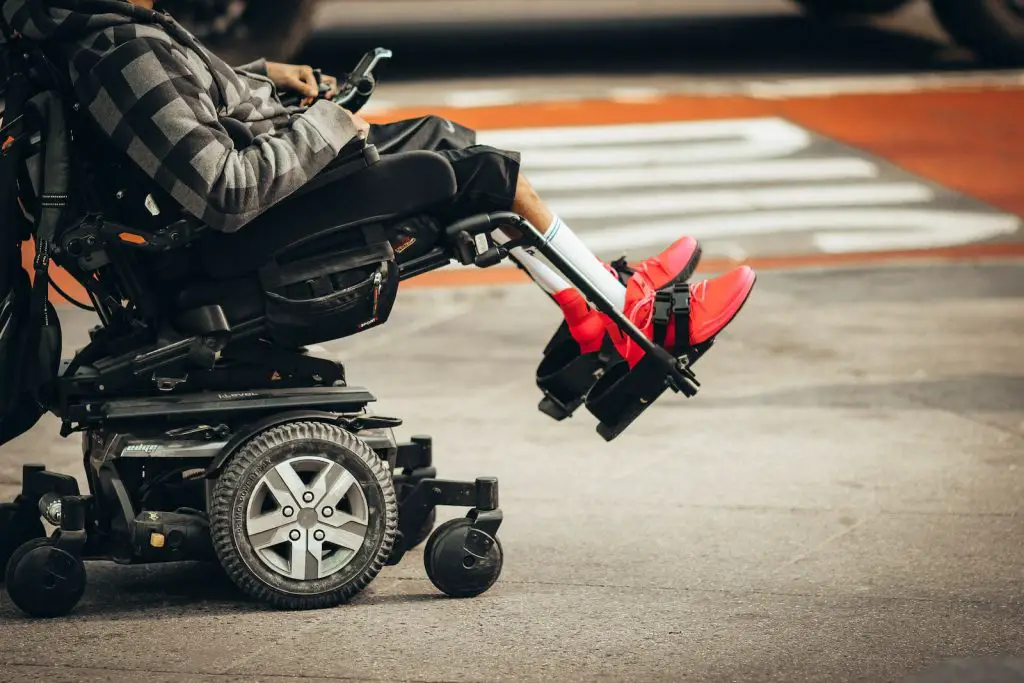
Personal hygiene aids
Toileting assistance for stroke patients may be provided via the use of Personal Hygiene Aids (PHAs). A mobility aid may be able to give the assistance a person needs to support herself when sitting on and getting up from a toilet seat. Increasing the height of the toilet seat may make using the toilet more comfortable for some people. A raised toilet seat, also known as a toilet seat riser, shortens the distance between standing and sitting posture, allowing a person to avoid squatting or bending down as much to reach the toilet seat.
For the most part, toilet seat risers are constructed of plastic and may be installed on top of the seat or between it and the toilet rim. Some are equipped with grab bars or are included as part of a commode chair. The three-in-one commode chair is one of the most popular options.
A three-in-one commode chair, which has three characteristics, is ideal for stroke patients who have trouble traveling to the bathroom. The chair includes a raised seat, hold grips on both sides of the chair, and a detachable bucket.
This is really convenient since it may be stored next to the bed or in the sitting area. Take-a-hold bars on each side of the seat may be used to prevent a person from falling and to raise their bodies onto or lower their bodies down into the seat. With the bucket removed, this combo chair may also be used as a toilet seat over an existing toilet.
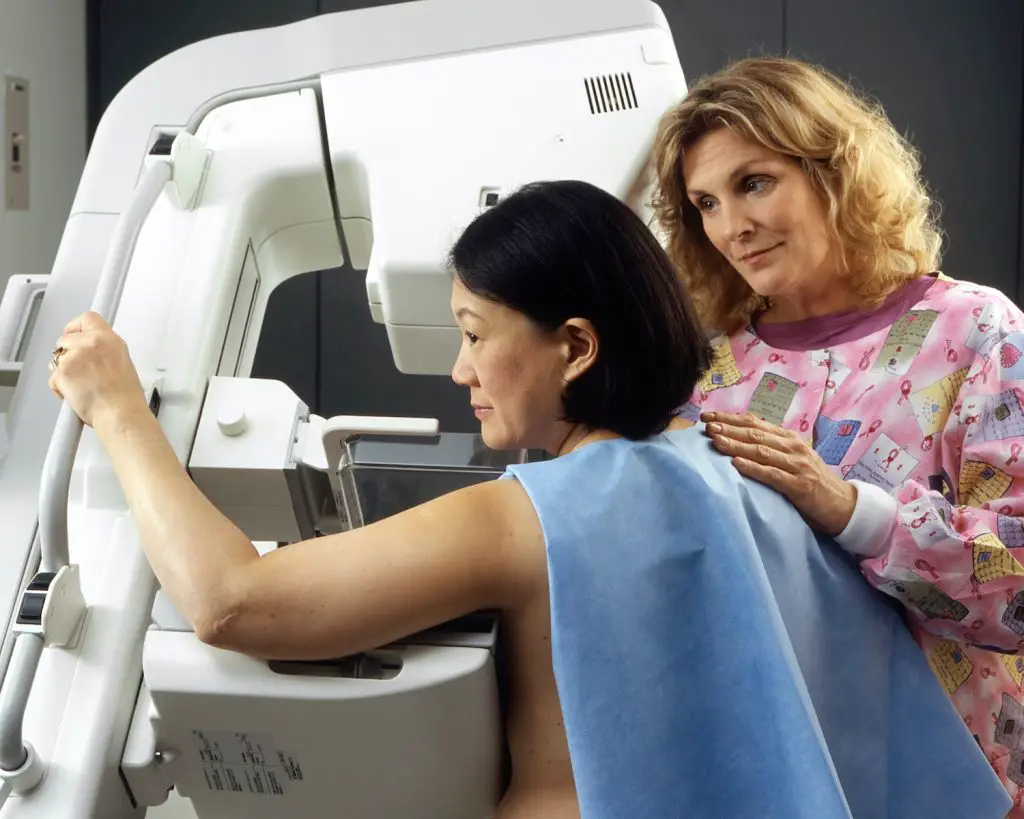
Hand exercise balls with extension add-on
Our hands do so many great things. You may not know all the daily duties your hands do. Or, you might not realize how often you use your non-dominant hand until you undergo a stroke or an accident. The systems of the hand include sensing, coordination, and strength. Any of these systems might be compromised when you had a stroke and make it more difficult to conduct regular activities. Addressing the region of skill loss can assist enhance your ability to utilize your hand.
Mirror box
Hand rehabilitation techniques that incorporate the use of a mirror to produce a reflection of your good hand in order to help you regain control of your hand are known as mirror therapy. It is believed that when you exercise your non-affected hand, it “fools” your brain to believe that two hands are moving, which helps to ignite neuroplasticity and induce activity in the afflicted hand (even if you are not intending to move it consciously).
Aiming to engage neurons in the damaged area of the brain, these exercises are intended to improve the dexterity, accuracy, and velocity of compromised limbs by using neuron mirroring. An experienced medical expert will first explain the mirror box treatment procedure to a patient, and then take the client through a program of activities to get them started on their structured mirror therapy program.
Those with impairments in motor functions have been demonstrated to benefit from these workouts in terms of regaining deftness and strength. These activities are intended to eventually be carried out in the stroke survivor’s home, allowing them to make steady progress in
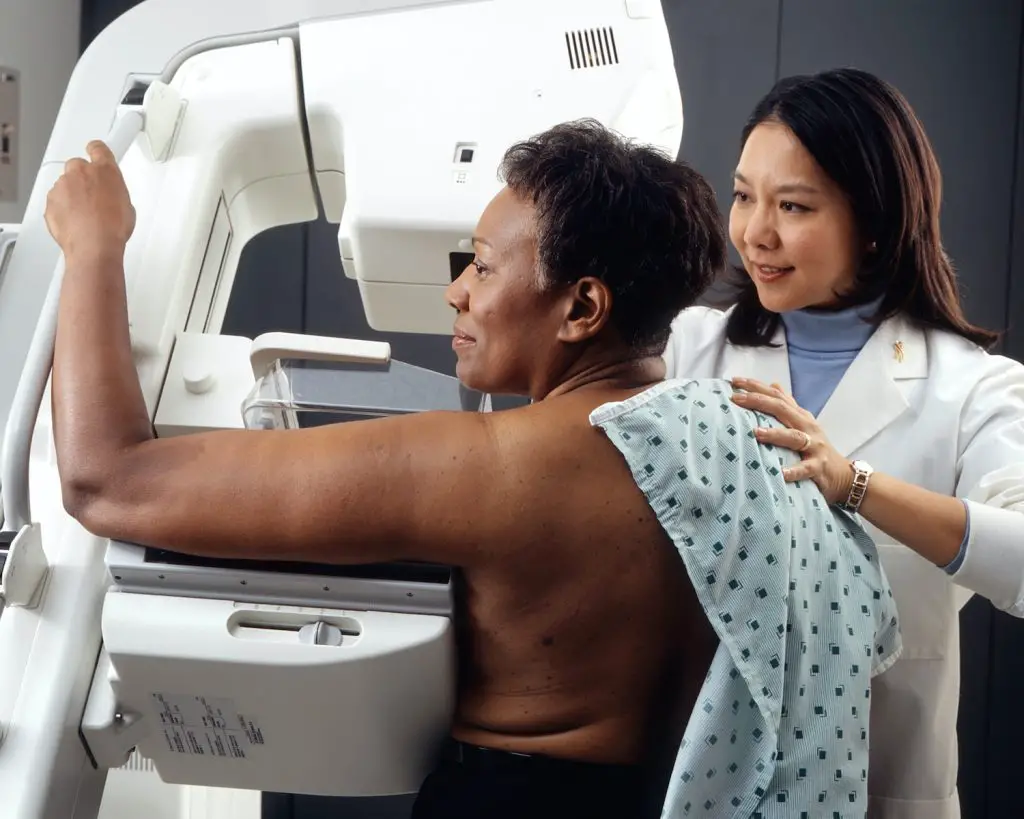
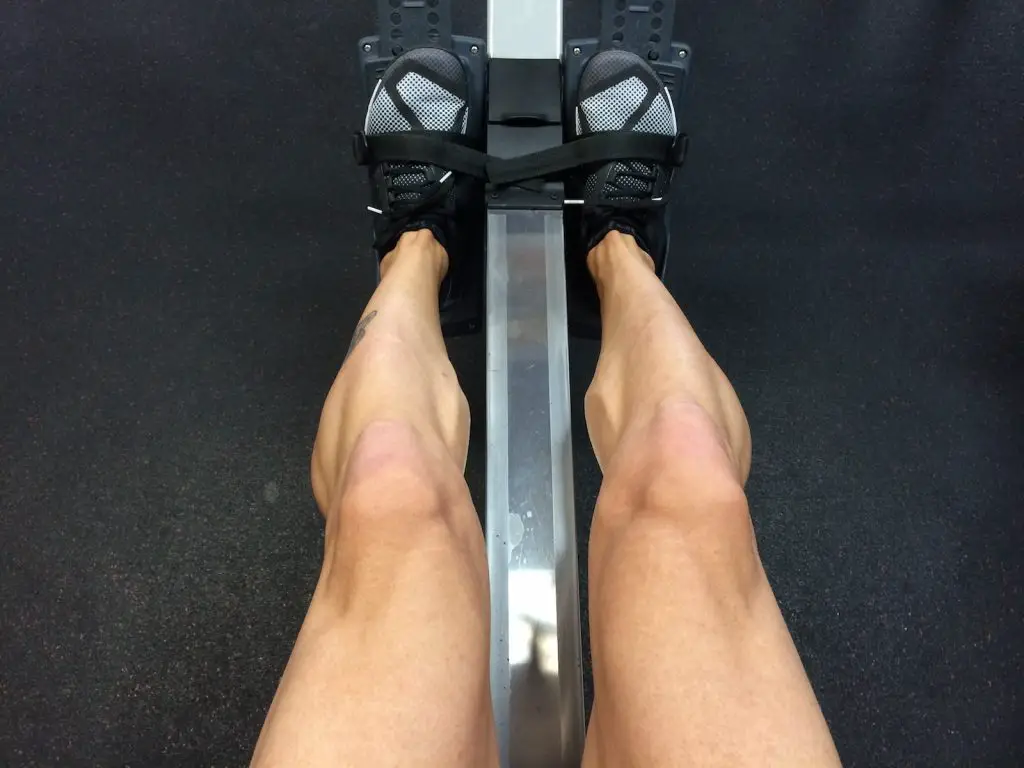
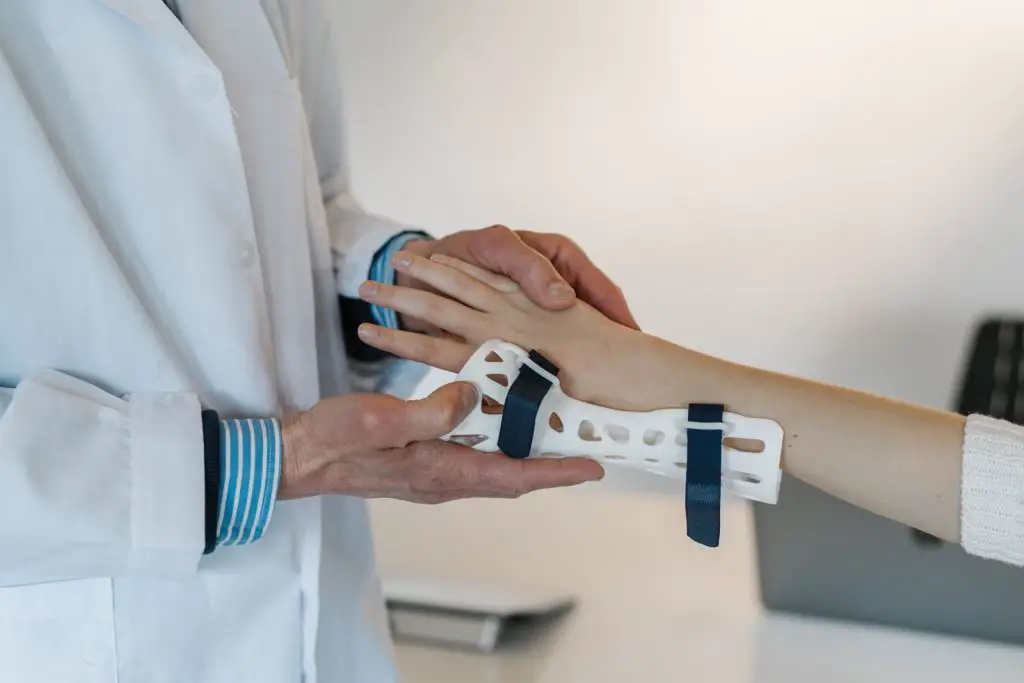
Conclusion
Everyone’s recovery period after a stroke is different. Some individuals recover 100%, but others suffer a longer-term disability. You can make significant progress recovering yours. However, certain issues may persist. Following a stroke, therapy and medication may assist with depression. Participating in a support group may assist you in adjusting. Family and friends may also assist to alleviate worry and anxiety after a stroke. Inform your loved ones of your feelings and what they may do to assist you.
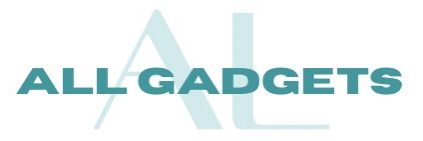
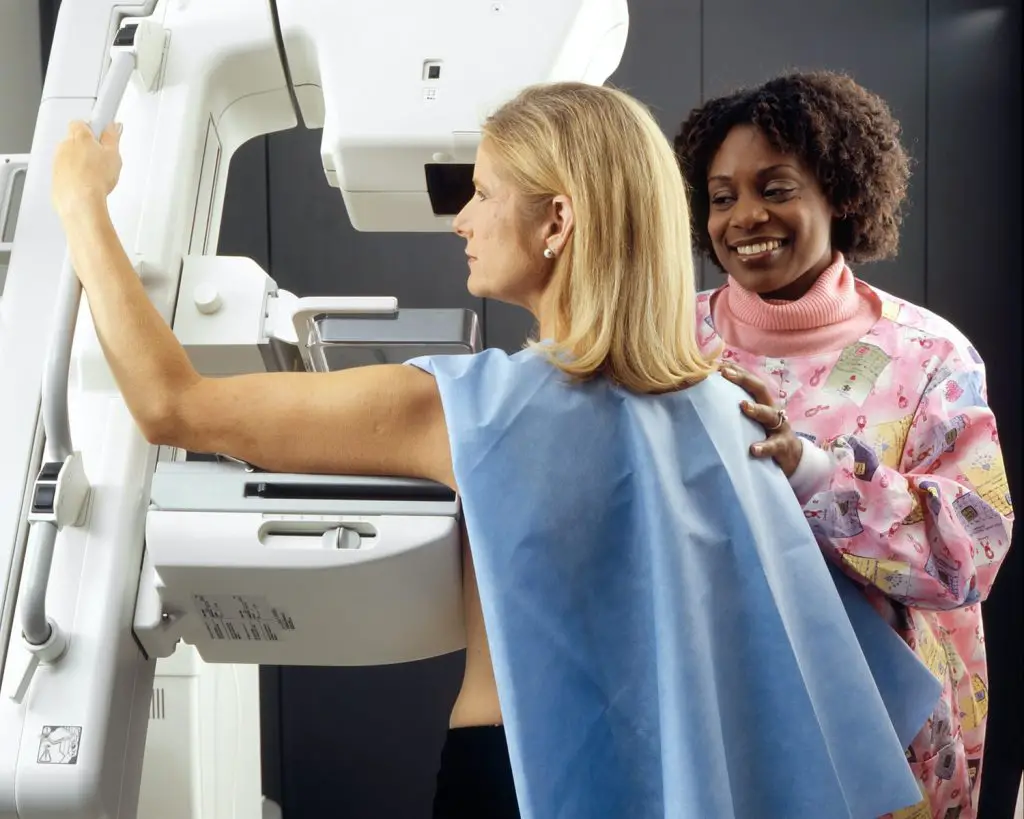
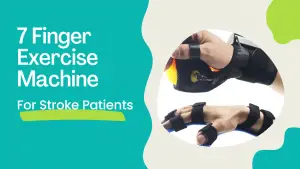
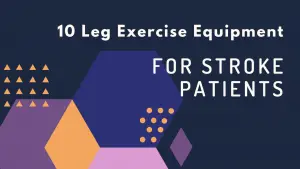
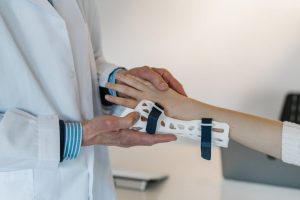

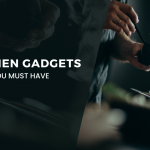
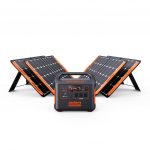

[…] seizure and send a notification to their phone. This can aid medical professionals in understanding the seizure and give them more details about its type and […]
[…] exercise equipment is a great way to rehabilitate after a stroke. It’s also a great way to stay fit and healthy. In this article, we will […]